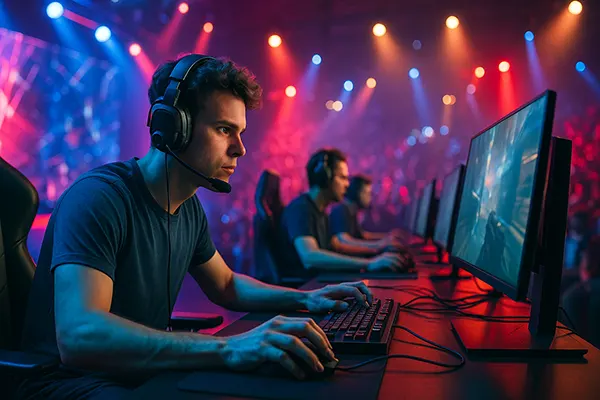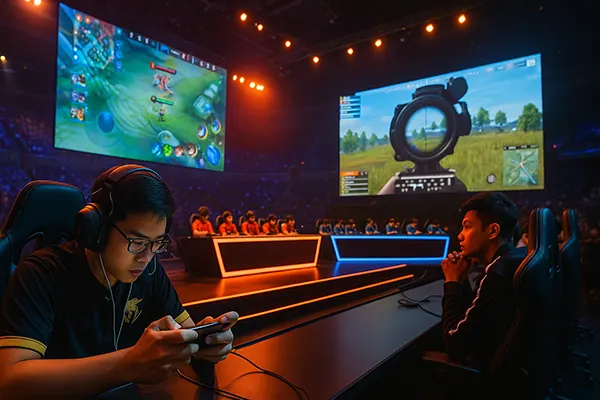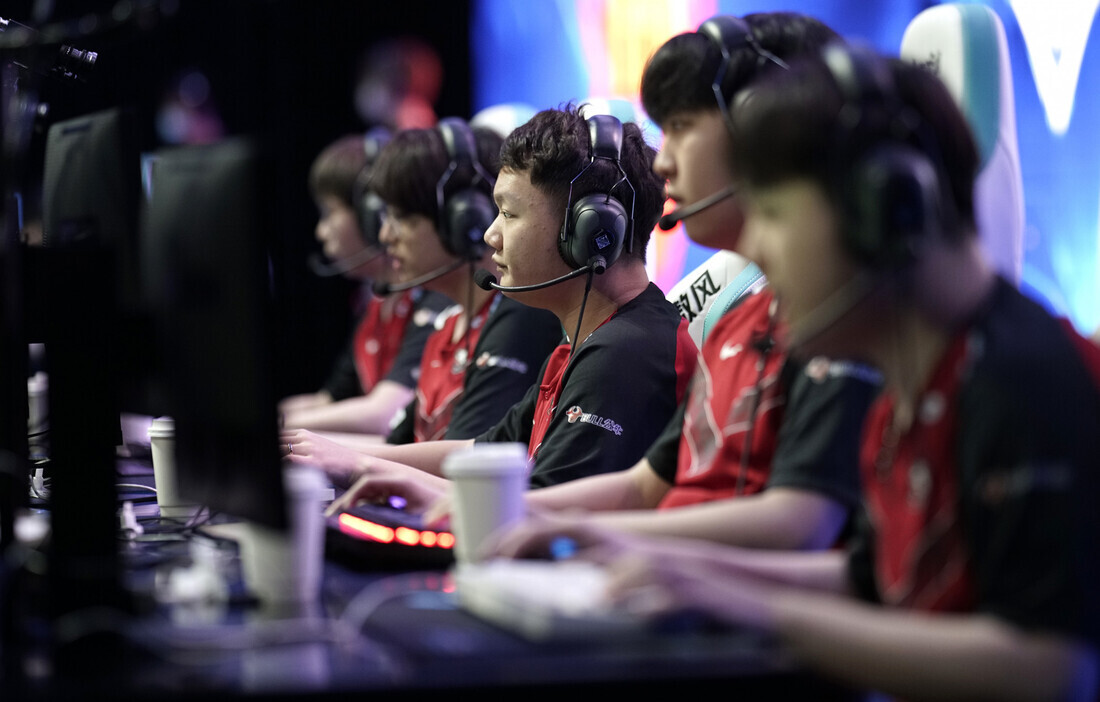AI in Dota 2 Match Analysis: How Teams Use Machine Learning to Prepare for Opponents
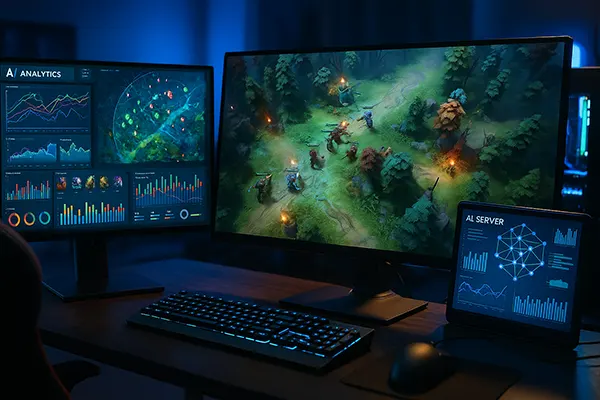
In the ever-evolving world of esports, the application of artificial intelligence (AI) in match analysis has become a powerful tool for competitive success. Especially in Dota 2, a game known for its strategic depth, machine learning technologies are transforming how teams prepare for their adversaries. In 2025, this trend has not only solidified but expanded, reshaping preparation methodologies at both professional and amateur levels.
Data-Driven Preparation: How AI Analyses Opponent Patterns
One of the primary roles of AI in Dota 2 is to dissect historical match data. Advanced machine learning models process thousands of replays to identify patterns in player movements, ward placements, drafting choices, and item timings. These patterns, often too subtle for human analysts to detect consistently, provide valuable predictive insights. By recognising these trends, teams can better understand their opponents’ habits and develop strategies to counter them.
For instance, AI might reveal that a particular team frequently picks aggressive mid-lane heroes when facing passive supports. With this knowledge, analysts can recommend drafting disruptive heroes or altering laning priorities. Furthermore, AI algorithms highlight timing windows—such as average Roshan kills or pushing intervals—enabling more precise planning during scrims and official matches.
In 2025, AI-powered analytics suites like ShadowVision and Dotamind have become standard tools among tier-1 organisations. These platforms offer automated reports that summarise threats, win conditions, and drafting tendencies of any opponent. This level of granular scouting was virtually impossible a few years ago, making AI indispensable in high-level preparation.
Custom Training Through Simulation and Predictive Modelling
Another growing use case for AI is in predictive simulation. Coaches and analysts now run simulated versions of matches between their team and future opponents. These simulations model various drafts, teamfight outcomes, and lane matchups using Monte Carlo algorithms and reinforcement learning. Based on thousands of simulated outcomes, they can identify statistically favourable strategies or compositions.
This method allows coaching staff to filter out suboptimal strategies before matches are even played. For example, if simulations indicate a 70% win rate when the team runs a certain late-game draft, they may prioritise that approach during the match. Similarly, simulated scrims help players adapt to different scenarios, increasing in-game flexibility and confidence.
Importantly, simulations are not used as fixed roadmaps but as dynamic, evolving training tools. Teams often combine the results of these simulations with human intuition and live performance data to adjust their strategies continuously during tournaments.
Real-Time Decision Support During Matches
In 2025, some teams employ real-time AI-based assistants to support coaches during official matches. While rules prevent outside interference during games, between maps or during drafts, coaching staff can consult AI systems to evaluate performance metrics, lane matchups, or hero viability based on current tournament meta. This process, although short, can be decisive in best-of-three or best-of-five series.
These assistants can suggest draft bans based on updated opponent tendencies or flag early game weaknesses seen in the first map. For example, if an AI system detects that the opposing team heavily relies on push lineups after losing game one, the coaching team can pre-emptively draft anti-push strategies or deny key picks in game two.
Real-time analytical dashboards often highlight underperformance in specific roles or lane matchups, prompting on-the-fly coaching insights. While human judgment remains crucial, AI enhances the depth and speed of strategic reflection during the high-pressure environment of competitive play.
Computer Vision in Live Games and Tactical Feedback
Computer vision—another branch of AI—has found its place in live tactical analysis. By analysing the visual aspects of gameplay, AI systems can now detect precise movements, ward placements, smokes, and rotation timings during a live game feed. This data, when processed and translated into actionable insights, supports assistant coaches in creating detailed post-game reviews within minutes.
In bootcamps, this technology allows near-instant feedback loops. If a support player misplaces a ward or initiates at the wrong moment, the AI assistant captures the clip, tags the error, and suggests optimal actions based on historical high-level data. This shortens the time required to digest match replays and facilitates sharper corrections.
Moreover, advanced teams integrate this with biomechanical tracking tools that monitor reaction time and mouse movement efficiency, giving coaches a full picture of both mental and mechanical performance.
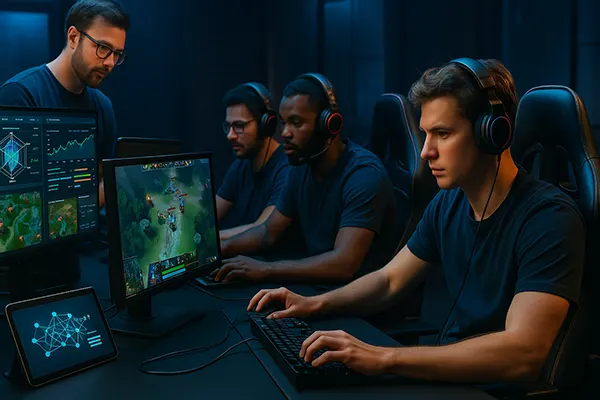
The Role of AI in Drafting and Strategy Design
Drafting is a crucial component of any Dota 2 match. In 2025, AI systems play a large role in predicting successful hero combinations and counters. By processing draft history, current win rates, and synergy matrices, these systems generate tier lists and suggest optimal hero pairings based on opponent patterns and tournament meta.
For example, if Team A historically struggles against split-push lineups with Nature’s Prophet and Ember Spirit, the AI may recommend banning those heroes or selecting wave-clear cores to compensate. This predictive drafting engine allows teams to enter matches with a tailored draft plan backed by statistical probability rather than gut feeling alone.
Incorporating this AI-assisted process into strategy meetings has not only increased draft accuracy but also enhanced player understanding. Teams spend more time discussing the reasoning behind picks rather than improvising under time pressure, resulting in more cohesive and confident performances.
Building Long-Term Playbooks Through Deep Learning
Beyond single matches, deep learning is used to build extensive strategic playbooks. These AI-generated resources outline how a team should respond to various in-game situations—early aggression, split-push threats, 5-man deathballs, or economic stalls. They are tailored based on historical results, current roster strengths, and meta evolution.
Some teams develop private models that continuously evolve throughout a season. These models learn from the team’s own performance data and integrate opponent trends to build a dynamic playbook. This transforms preparation from a static exercise into a long-term, iterative process that reflects both internal growth and external adaptation.
Playbooks are especially useful for younger or newly-formed teams, helping them establish core identity and approach. Veterans, meanwhile, use them to refine roles, experiment with strategy branches, and recover from poor form through AI-based review cycles.


